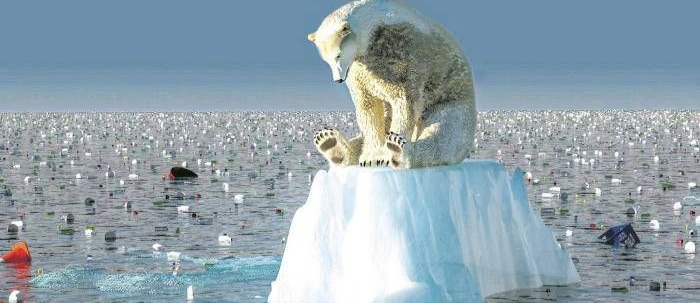Biodiversity Loss
Biodiversity loss is one of the most alarming and rapidly progressing environmental issues. It refers to the decline in the variety of life on Earth—including the extinction of species of animals, plants, fungi, and microorganisms. The main causes include habitat destruction, climate change, pollution, overexploitation of resources, and the spread of invasive species.
Biodiversity is the foundation of resilient ecosystems. It ensures the functioning of natural processes, balance between species, and cycles of nutrients. A diverse natural world allows ecosystems to adapt to changes, recover from disasters, and continue providing essential services such as clean water, fertile soil, plant pollination, and climate regulation.
The loss of biodiversity disrupts food chains, weakens agricultural systems, and increases human vulnerability to diseases and environmental shifts. Examples include the widespread decline of pollinating insects, deforestation, and the degradation of marine habitats. This crisis is not only ecological but also has significant economic and social impacts.

Preserving biodiversity requires expanding protected areas, restoring natural habitats, reducing pollution, and managing resources sustainably. International agreements like the Convention on Biological Diversity are vital, but real progress depends on action at national and local levels.
Individuals can contribute by promoting native species in gardens and parks, avoiding products linked to environmental harm, and raising awareness. The more people are engaged in protecting nature, the greater our chance of preserving life in all its diversity.

Close